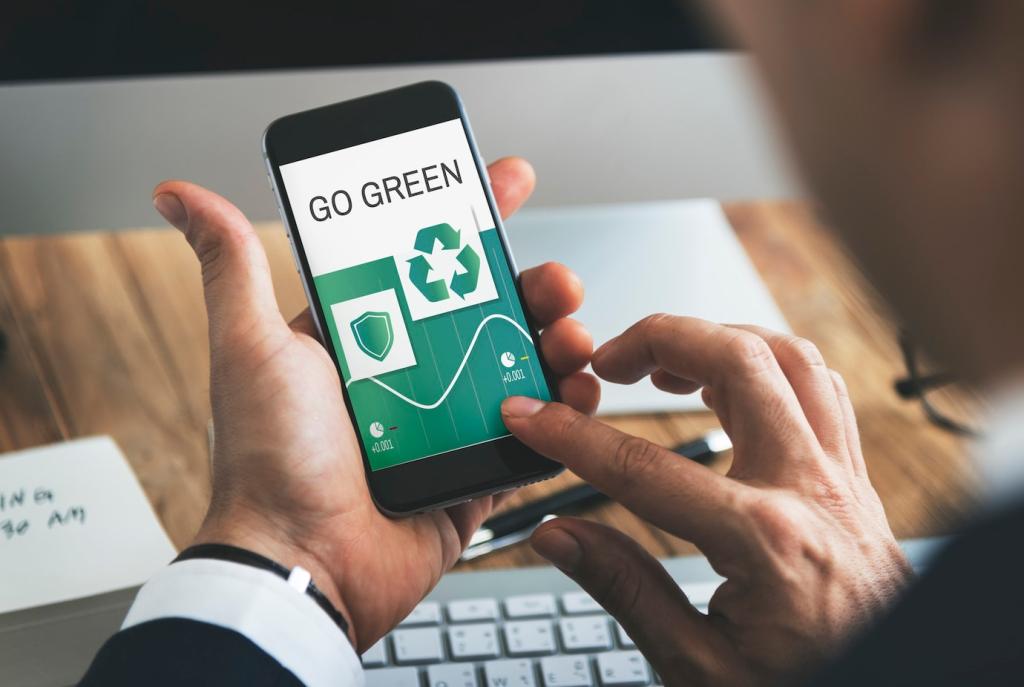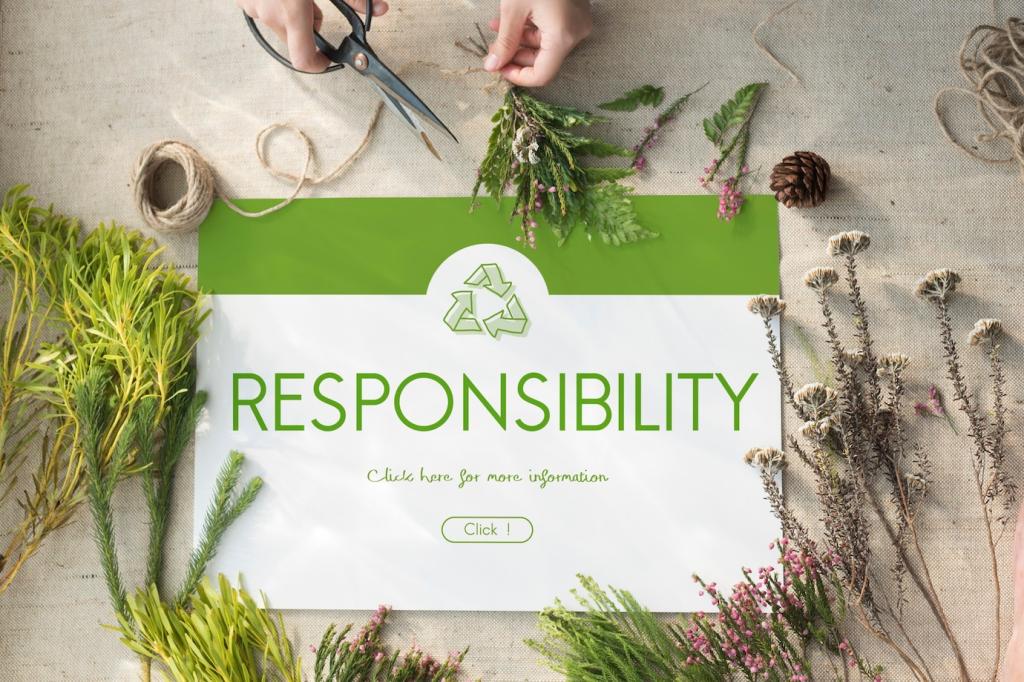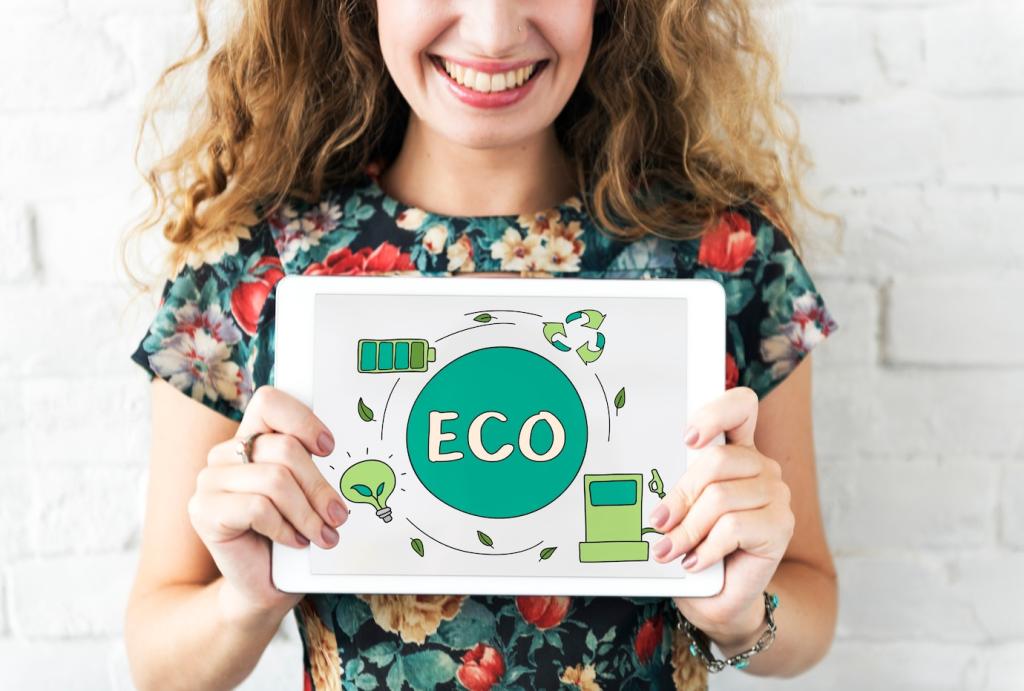Radical Transparency
Use precise numbers, independent verifications, and openly shared methodologies to support sustainability statements. If a figure is provisional, label it as such. Encourage readers to ask questions and challenge assumptions respectfully.
Radical Transparency
Avoid vague adjectives like eco-friendly or sustainable without context. Specify materials, locations, standards, and dates. Show the data behind your words, then invite subscribers to receive updated disclosures as measurements improve.





